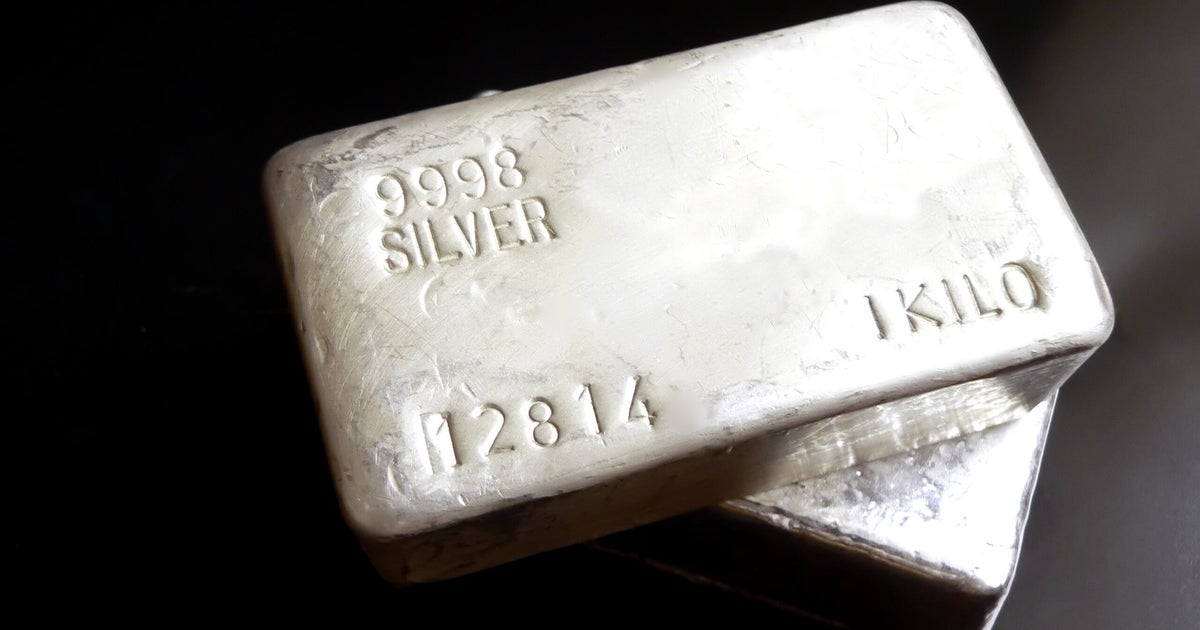Surprising HELOC costs to know (and how to avoid them)
Thanks to high demand from buyers and limited for-sale home inventory in most markets, home values — and, in turn, home equity levels — have increased rapidly over the past few years. For example, homeowners saw their equity grow by a collective total of $1.3 trillion from the fourth quarter of 2022 to the fourth quarter of 2023, an increase of 8.6% year over year, according to recent Corelogic data. In turn, many homeowners across the country are now sitting on a substantial amount of home equity.
Given that increase, it's no surprise that many homeowners are turning to home equity loans and home equity lines of credit (HELOCs) to tap into their newfound wealth. And, in today's elevated rate environment, the appeal of these borrowing products is even stronger. While the average rate on credit cards now surpasses 21% and the average personal loan rate hovers above 12%, home equity loan and HELOC rates are comparatively low, making them an attractive option for those in need of funds for major expenses.
But HELOCs, in particular, have gained popularity due to their variable-rate nature. Unlike fixed-rate home equity loans, HELOCs offer the flexibility of adjustable interest rates, which can be advantageous for borrowers who expect rates to drop in the future. However, HELOCs can also come with a range of surprising costs and fees that can add up quickly, so before you take this route, you need to know what those expenses are and how to avoid them.
Don't miss out on today's low home equity borrowing rates. Get started and compare rates here.
Surprising HELOC costs to know (and how to avoid them)
Here are some unexpected HELOC costs to be aware of, along with tips on how to avoid them:
Inactivity fees
Many lenders will charge an inactivity fee if you don't use your HELOC for a certain period, typically a year or more. These fees can add up over time and eat into your available credit.
To avoid these types of inactivity fees, make sure to use your HELOC at least once a year, even if you're using it for a small purchase. Or, look for a HELOC that doesn't charge inactivity fees at all to avoid these types of unnecessary (but common) costs.
Find out what your top options for home equity borrowing are now.
Early closure fees
If you decide to close your HELOC within a certain timeframe, typically within the first three years, you may be subject to an early closure fee. These fees can range from a few hundred dollars to a percentage of the credit limit.
To avoid early closure fees, you may want to plan to keep your HELOC open for the full term. Or, in some cases, you can avoid early closure fees simply by negotiating this fee with the lender upfront before borrowing.
Annual fees
While not all lenders charge annual fees, some do. And, those fees can be as high as a few hundred dollars or more in some cases, so it's important to try and cut them out of the equation if you can.
To do that, it may be helpful to shop around and compare lenders to find one that does not charge these recurring costs. It's typically wise to shop around anyway to find the best rate and terms on a HELOC, so, as part of that process, make sure to inquire about and compare any annual fees that are tied to the HELOCs you're considering.
Teaser rates
Some lenders offer low introductory rates on HELOCs to entice borrowers, but these rates often expire after a short period, leaving you with a higher interest rate than you may have otherwise anticipated. And, over time, a higher rate can result in much higher interest costs on the money you borrow.
You don't want to be caught off guard by a teaser rate. So, to avoid this type of extra cost, be sure to carefully review the terms and conditions on any HELOC offer you get to understand when the rate will adjust and what the new rate will be.
Appraisal fees
Most lenders will require an appraisal to determine the value of your home before they will approve your HELOC application. These fees can range from a few hundred dollars or more, depending on the market, the appraiser and other factors. While appraisal fees are often unavoidable, you may be able to shop around for the most competitive rates from various appraisers or opt for a home equity borrowing option that doesn't require an appraisal.
Transaction fees
Some lenders charge a fee every time you withdraw money from your HELOC, with fees ranging from $10 to $50 or more per transaction. These aren't standard, though, and not all lenders tie them to HELOC borrowing.
There's no reason to pay for unnecessary transaction fees in most cases. So, you can avoid them by looking for a lender that does not charge these fees or consider making fewer, larger withdrawals instead of multiple small ones instead.
Prepayment penalties
While less common, some HELOCs come with prepayment penalties if you pay off the balance early, which is often a percentage of the outstanding balance. It's possible to avoid these types of prepayment penalties by carefully reviewing the terms and conditions or negotiating with the lender to have this fee waived altogether.
Minimum withdrawal requirements
Certain lenders will require a minimum withdrawal amount, such as $10,000 or more, each time you access your HELOC funds. To avoid being subject to minimum withdrawal requirements, opt for a lender that does not have this restriction or be prepared to access larger sums of money at once.
Rate lock fees
If you want to lock in a fixed interest rate on all or part of your HELOC balance, you may need to pay a rate lock fee. You can avoid these types of fees by either accepting the variable interest rate — i.e. not locking in a fixed rate — or by taking out a HELOC that offers more favorable terms for rate locks.
The bottom line
A HELOC can be a smart way to tap into your home equity right now, but it's important to avoid these costs when you can. And, to do that, you may want to start by shopping around, reading the fine print, calculating the total cost of borrowing and asking questions about any fees you don't understand. After all, being an informed borrower is a major key to maximizing your home equity while minimizing unnecessary HELOC expenses.






